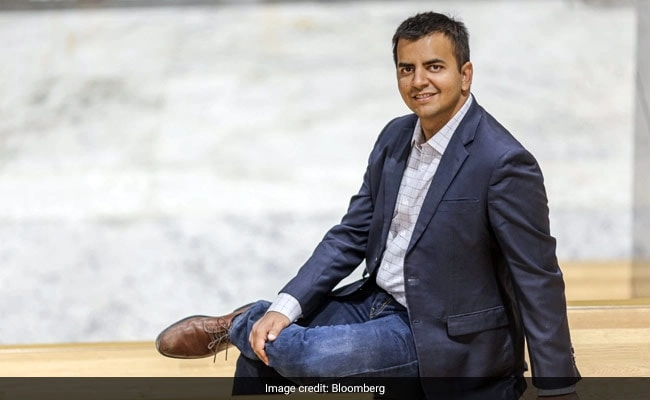The recent case surrounding the execution of a nurse has sparked significant debate and concern within the healthcare community and beyond. The Centre has expressed its stance, acknowledging the tragic circumstances while emphasizing the limitations of their intervention capabilities. The phrase “unfortunate, but there is a limit to what we can do” encapsulates the feeling of helplessness that many are experiencing in the face of systemic issues that led to this situation. This case not only raises questions about the legal and ethical frameworks surrounding healthcare professionals but also highlights the broader societal implications of how we treat individuals within the healthcare system.
As the Centre reflects on the events leading to the nurse’s execution, it becomes evident that there are deep-rooted issues that need addressing. From inadequate support and resources for healthcare workers to the pressures they face in high-stakes environments, the systemic flaws must be examined. The Centre recognizes that while it can advocate for change and provide guidance, there are inherent limitations to its authority and the extent of its influence. This acknowledgment serves as a call to action for policymakers, healthcare organizations, and society at large to engage in meaningful dialogue and reform, ensuring that healthcare professionals are not only held accountable but also protected and supported in their vital roles.
Moreover, this case underlines the importance of understanding the complexities faced by healthcare workers. The emotional and psychological toll of their responsibilities cannot be overstated, and it is imperative for stakeholders to create an environment that fosters well-being and resilience among staff. The Centre’s statement serves as a poignant reminder that while it aims to advocate for the rights and welfare of healthcare professionals, collective action is necessary to enact real change. The dialogue surrounding this case should not end with the recognition of limitations; instead, it should ignite discussions that lead to innovative solutions that prioritize the well-being of both patients and providers alike.




